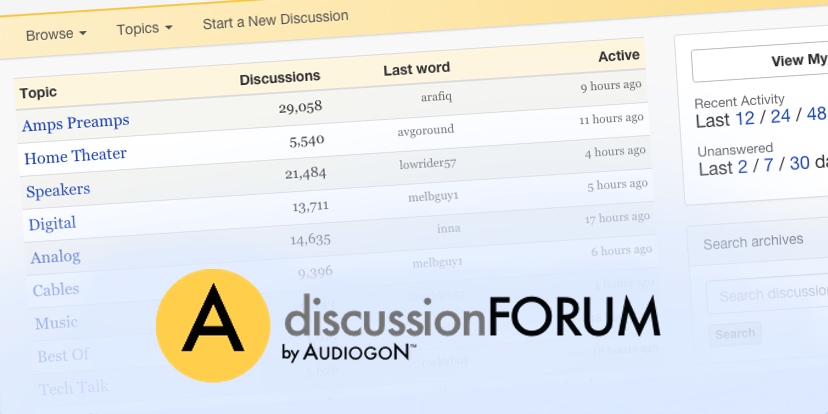Skip to the end for the question.
Dear fellow Mojo2 user,
I do not mean to upset any veteran or new members just want to share my couple of years' journey until I got to point when I felt that I had to buy a Mojo2. Having been lived in the UK for 14 years I have had all sorts of experience with the British way of thinking, looking at life, approach to invention and change management. Most importantly breaking away from what others think is normal is highly entertaining and - the way they do it - is still unique today. For the superficial observer it looks like people just dont give a mf* about others and do what they feel they should be doing. Very often it obviously does not lead to any good, other than a cup of tea and long (action-free) discussion. Chord's Mojo2 - at least for me - is an exception. It is faithfully British: fairly overpriced (probably double than it is worth), looks a bit ugly for a reason (unsure and undecided if function or design should come first - democracy won = neither fully achieved) and built for life (feels good in the hand or on the desk). If the Mojo2 would be a car, it would a Golf GTI (and would be German): it gives you so much more than it looks at first sight. It has a soul. It makes you happy and smile.
Do you remember the Golf advert? (Maybe not, as it was made for at UK audience.)
- Madam we say Golf or similar. - It's nothing like a Golf.
- It's not a golf, but like a Golf, but a hatchback.
- Just handles like a Golf.
- Double overhead cam - Oh yeah like a Golf.
- Listen carefully ... sounds just like a Golf.
Why drive something like a Golf when you can drive a Golf?
My short (long) history and personal experience with DAC's:
Cambridge audio DacMagic 100 - this is my backup desktop DAC, love it. Paired with a small Sabaj PHA3 tube headphone amp.
FiiO K3 (old) - great DAC, son using it mainly for gaming
iFi Zen DAC v2 - sold
FiiO KA2 - kept, great balanced USB-C DAC, using it with Letshuoer S12 planar
HiBy FD1 - very quick return
iBasso DC05 - great DAC, sold, bothersome volume control even on UAP
FiiO Jade KA1 - quick return
iFi Hip DAC v2 - powerful bass, backup in the drawer, new non-MQA firmware 7.4b is not bad at all
Topping E30 II - sold, great DAC
Topping E50 - great dac, solid, consistent performance (Liked more than either of the E70's) - sold
Topping E70 (ESS9028Pro) - underwhelming - sold
Topping E70 velvet (AK4499EX) - too soft and characterless
Gustard X18 - great DAC, "all you need"/"end game" DAC for most of us - sold as wanted to keep only one desktop (chose the D300)
SABAJ A10d - returned, great, but inconsistent sound, awkward UI
Cayin RU6 - good warm sound, - sold
Cayin N3 Pro - unique sound, versatile travel companion - sold
FiiO Q3 (MQA) - quick return
SMSL DO100 - excellent DAC, just too analytical for my 50+ years ears (great for your old techno/house tracks), great soundstage
SMSL PO100 Pro - returned
SMSL M500 MK III - returned, underwhelming
SMSL C100 - returned, not bad for the price, good for classical music
SMSL D300 (firmware V 1.0) - Superb DAC, kept as my main desktop DAC, warm, full of character and zero fatigue (small click when switching sampling rate - takes time to get used to). Paired with Schiit Magnius headphone amp.
Mojo2 - see above - will keep (...?)
For testing I mainly used the
Schiit Magnius headphone amp with balanced and unbalanced headphones:
Beyerdynamic DT990 Pro - unbalanced and modified balanced
Sony MDR-1AM2 - unbalanced and balanced
Monoprice Monolith 1060c (internal foam replaced with wool) - balanced and unbalanced
Hifiman Edition XS - balanced and unbalanced
Koss Porta Pro
Letshuoer S12 planar - balanced
Final A4000
FiiO FD1
So my question is what would you like to compare your Mojo2 to (or Mojo2-2) and why?
Share your journey and listening experience.


